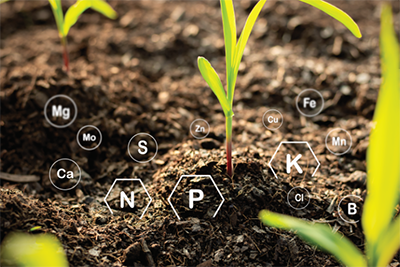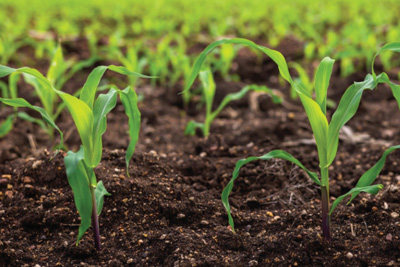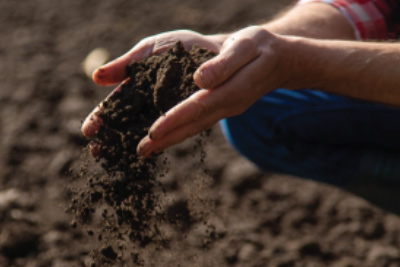Getting to Know Cover Crops


A Cover Crops’ primary job is to improve the soil. We plant them to have living, growing plants in our fields which can sequester nutrients when fields would otherwise be bare.
More organic matter means better soil structure, increased nutrients, and water holding.
Roots in the soil act like a carpet and will keep soil structure in place.
![]()
Increased organic matter acts like a sponge, allowing the soil to hold on to more water.
Cover Crops take up the space that weeds would move in to if left bare.
Cover crops can attract beneficial insects, which attack crop pests.
Roots from cover crops create root exudates into the soil, helping break down organic matter.
While the use of Cover Crops is often seen as a long-term soil health management plan, let’s take a look at what they could mean to your farm and your bottom line over the long-term.
Cover Crops sequester unused nutrients from the previous crop. Deep-rooted cover crops scavenge nutrients from deep in the soil. These nutrients may become available to future crops as the residue decomposes.

With more organic matter building in the soil, more water can be retained and held for crops to access. This can be good protection against long periods of drought.

You can increase the range of benefits by increasing the diversity of cover crops grown, the frequency of use between cash crops and the length of time that cover crops are growing in the field.

PICTON AGRONOMY:
(613) 476-9183
BELLEVILLE AGRONOMY:
(613) 962-0769
| Cookie | Duration | Description |
|---|---|---|
| cookielawinfo-checkbox-analytics | 11 months | This cookie is set by GDPR Cookie Consent plugin. The cookie is used to store the user consent for the cookies in the category "Analytics". |
| cookielawinfo-checkbox-functional | 11 months | The cookie is set by GDPR cookie consent to record the user consent for the cookies in the category "Functional". |
| cookielawinfo-checkbox-necessary | 11 months | This cookie is set by GDPR Cookie Consent plugin. The cookies is used to store the user consent for the cookies in the category "Necessary". |
| cookielawinfo-checkbox-others | 11 months | This cookie is set by GDPR Cookie Consent plugin. The cookie is used to store the user consent for the cookies in the category "Other. |
| cookielawinfo-checkbox-performance | 11 months | This cookie is set by GDPR Cookie Consent plugin. The cookie is used to store the user consent for the cookies in the category "Performance". |
| viewed_cookie_policy | 11 months | The cookie is set by the GDPR Cookie Consent plugin and is used to store whether or not user has consented to the use of cookies. It does not store any personal data. |